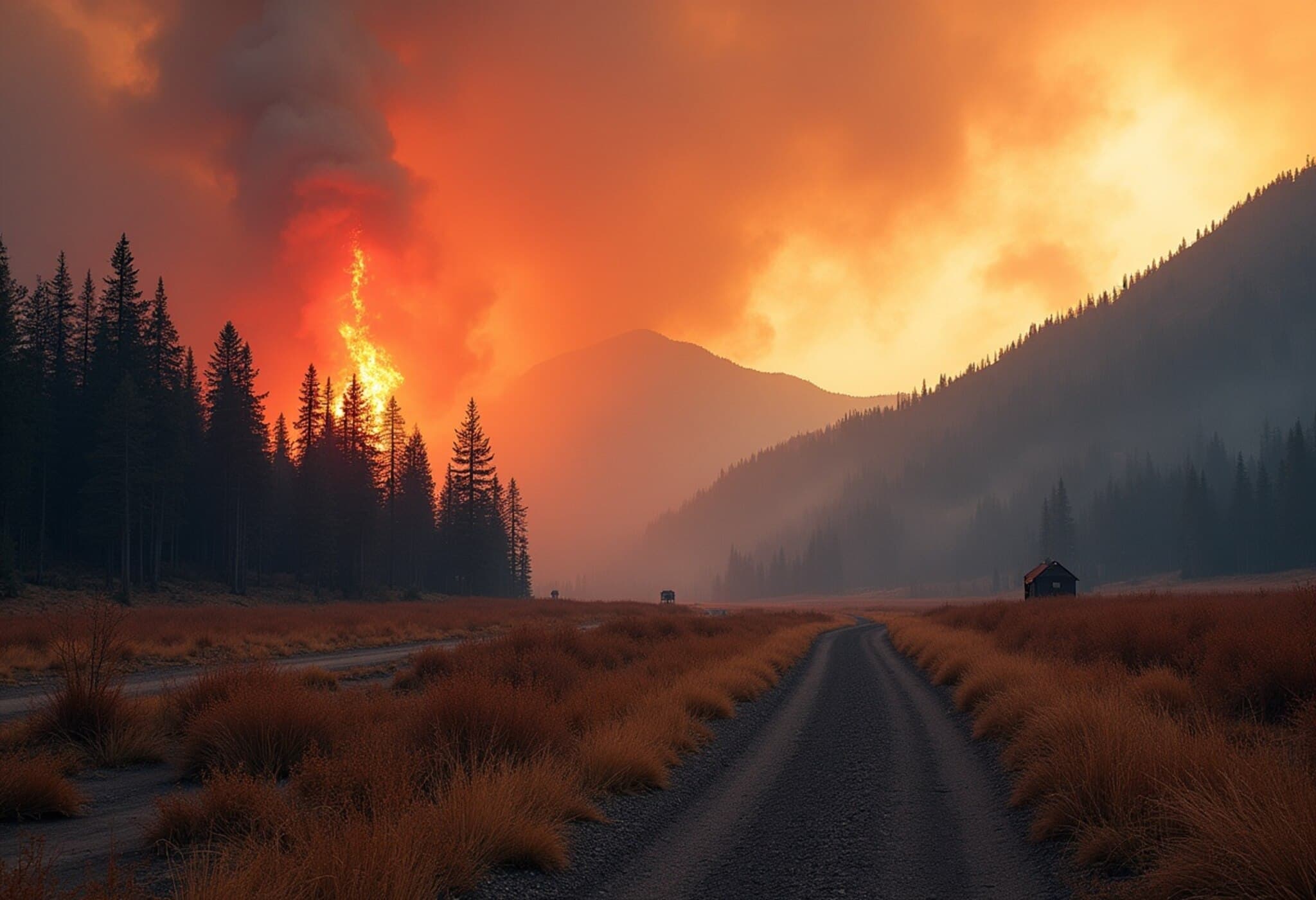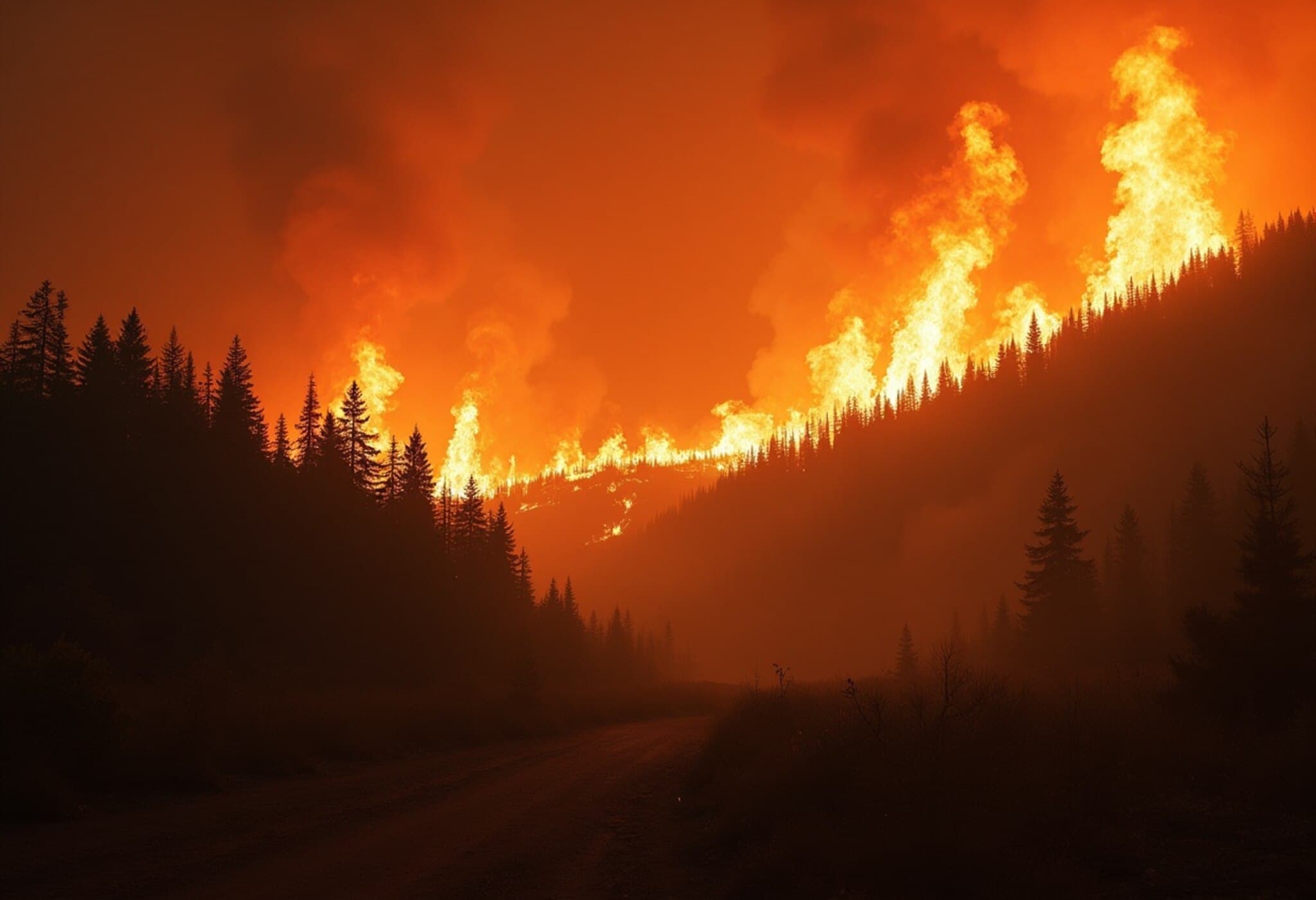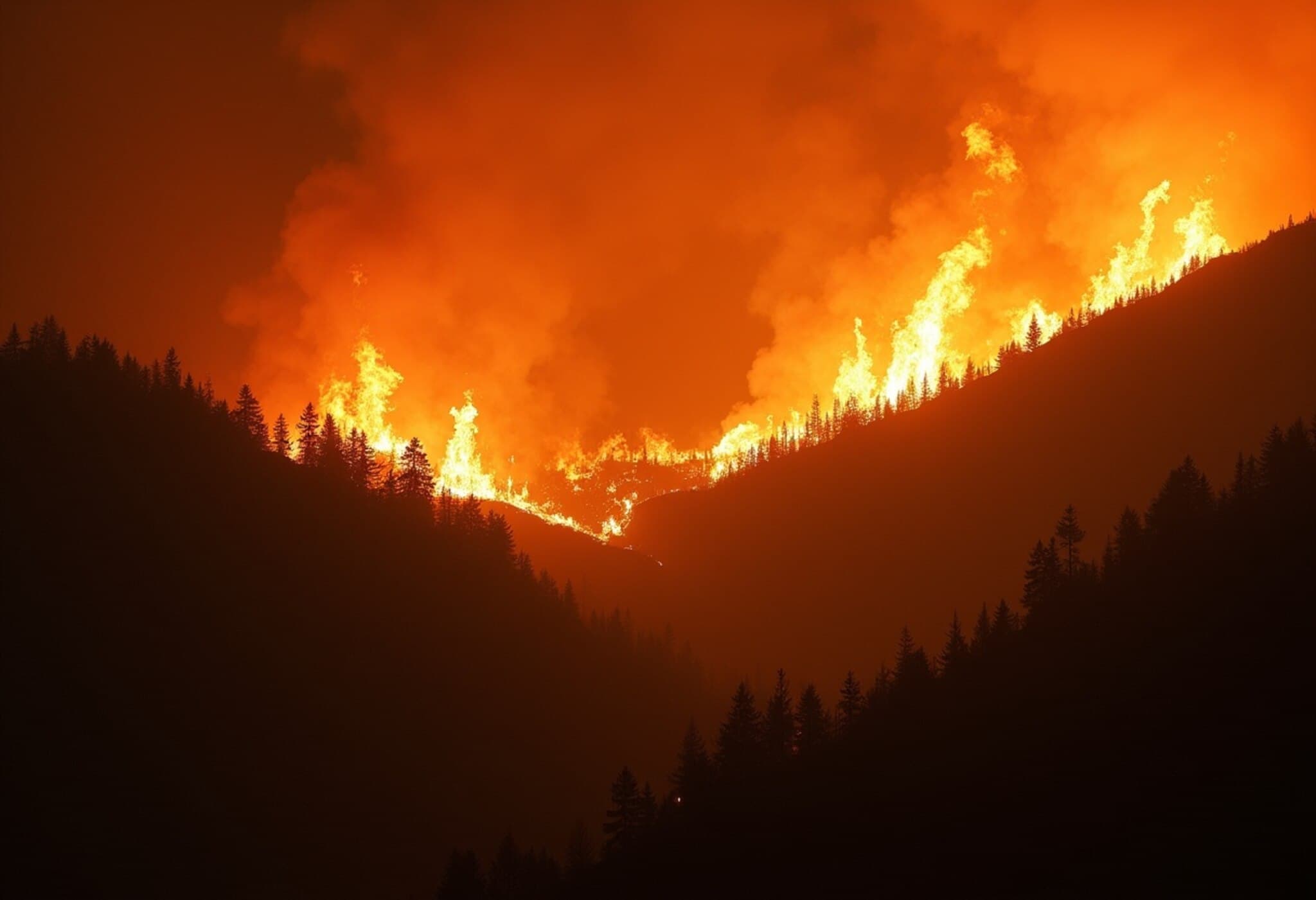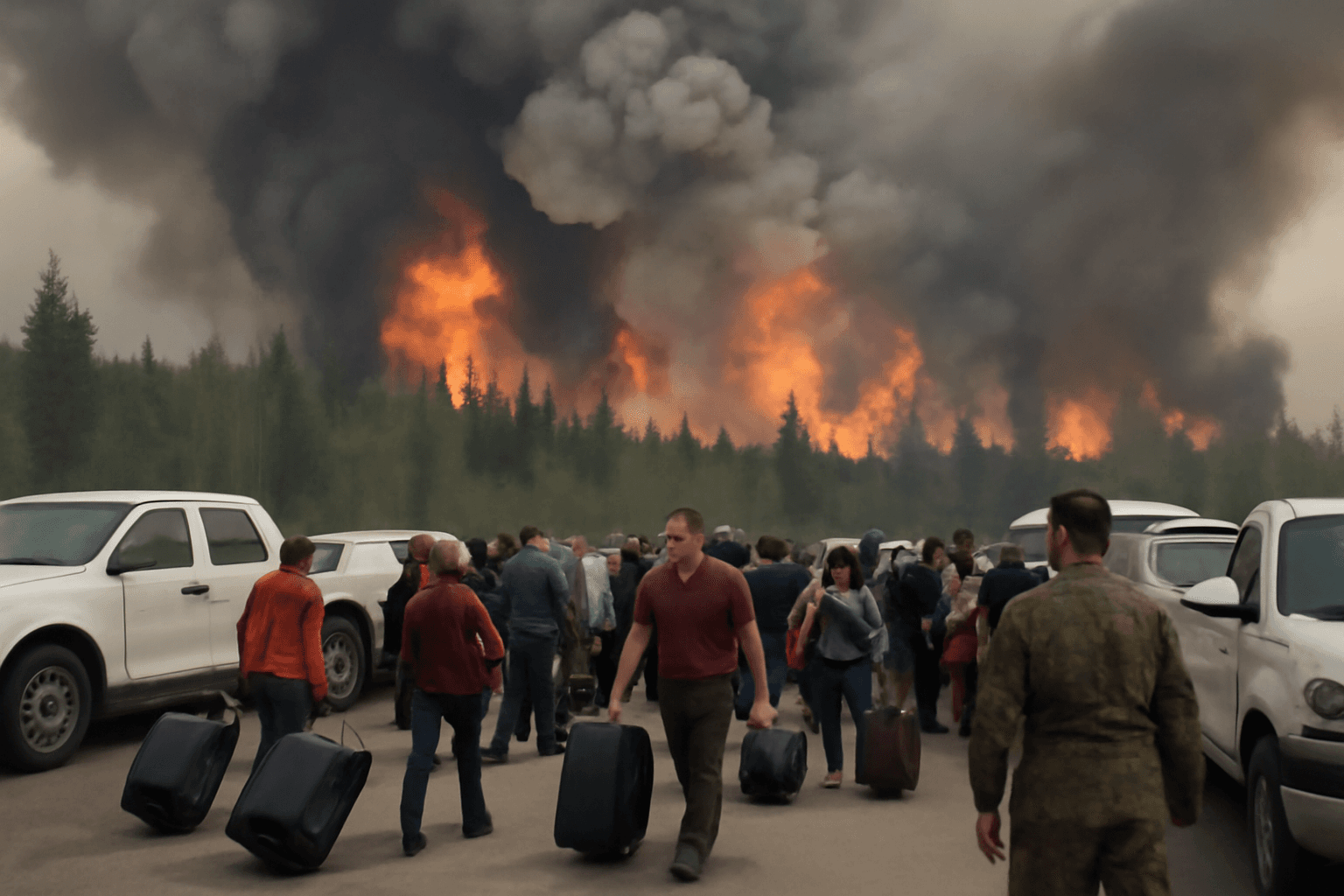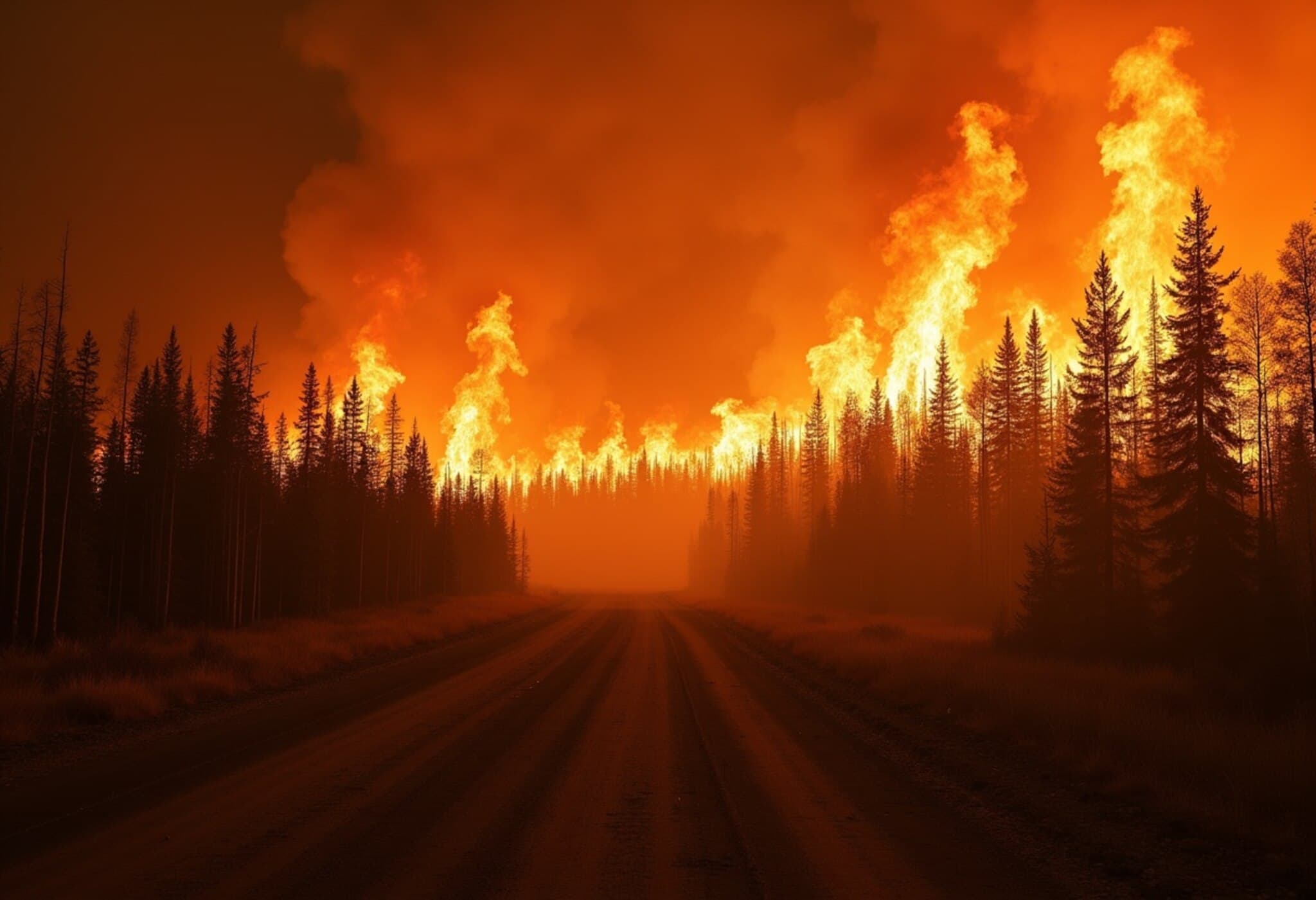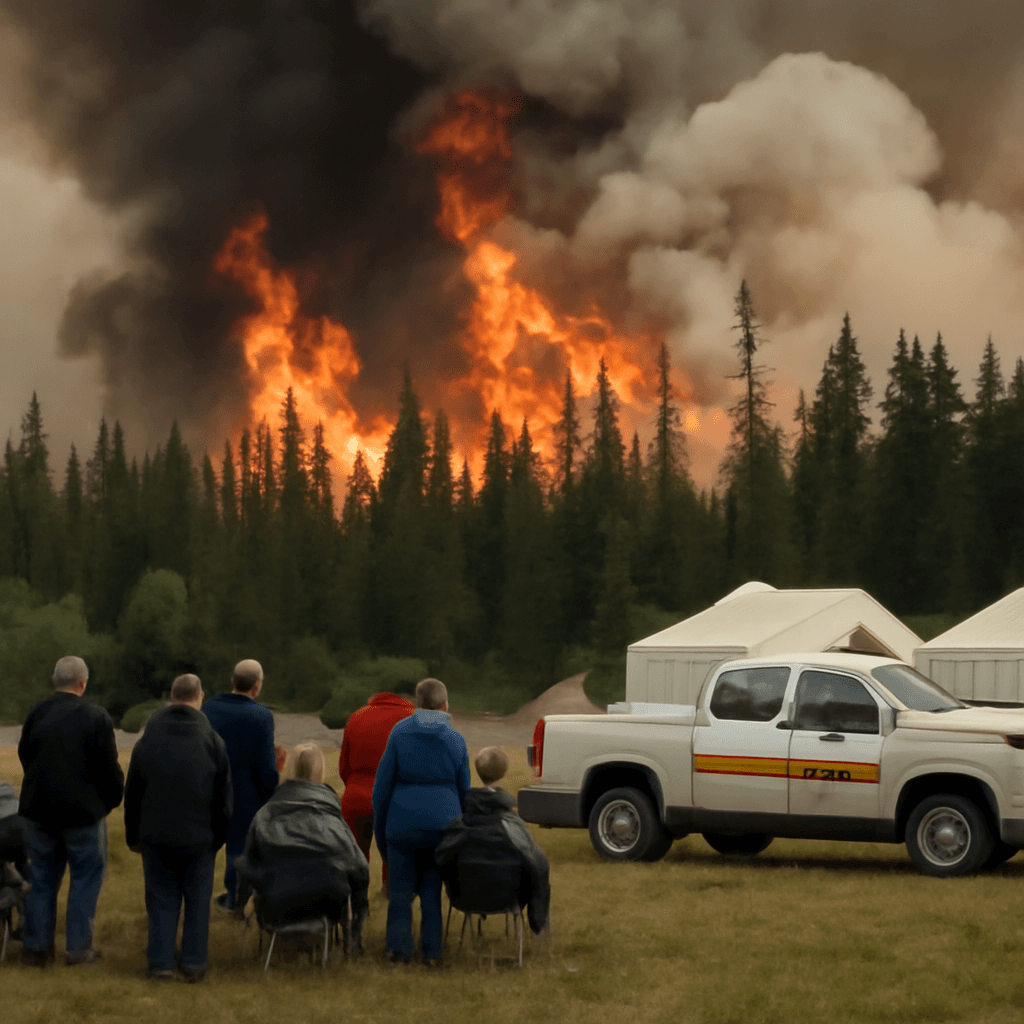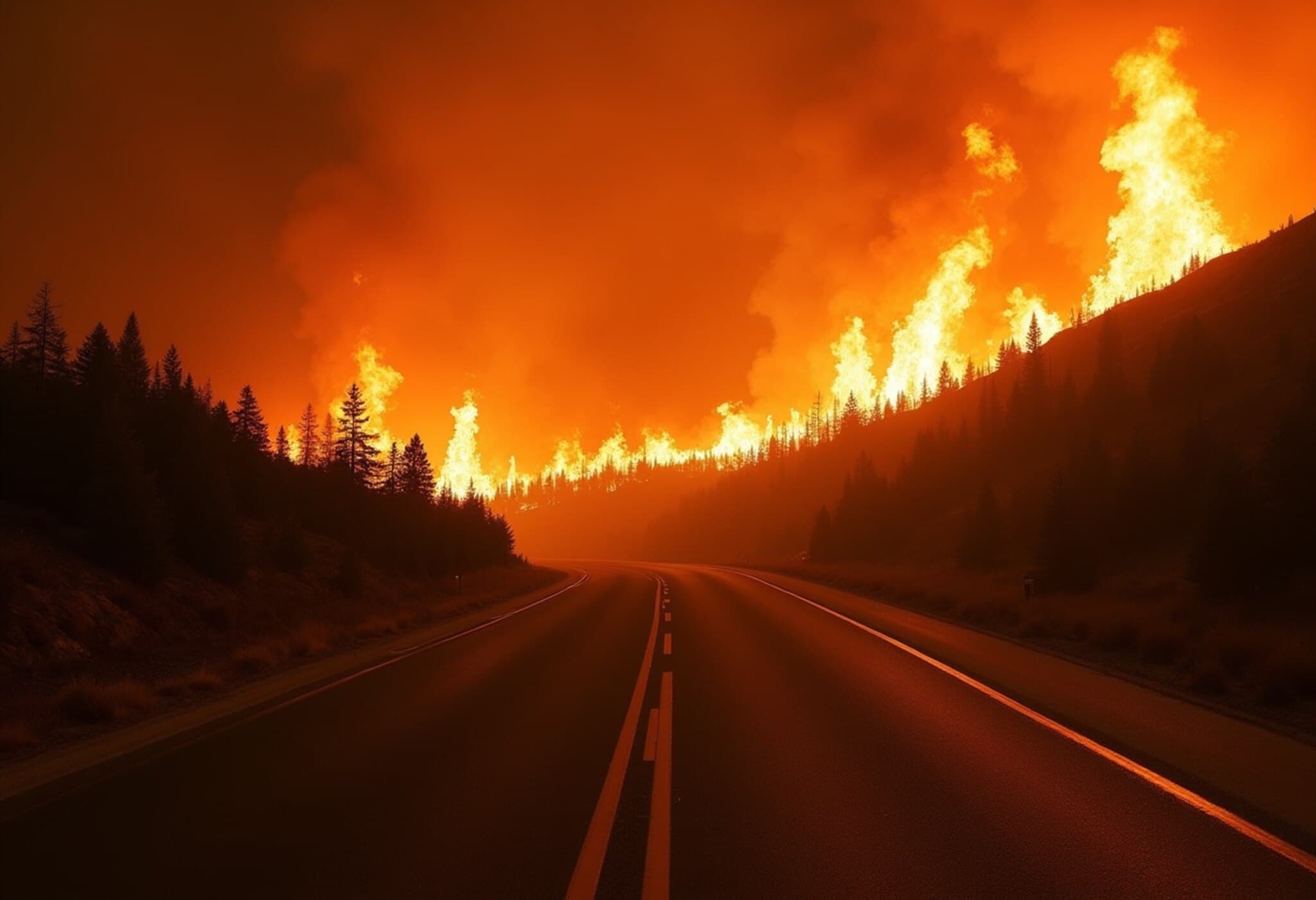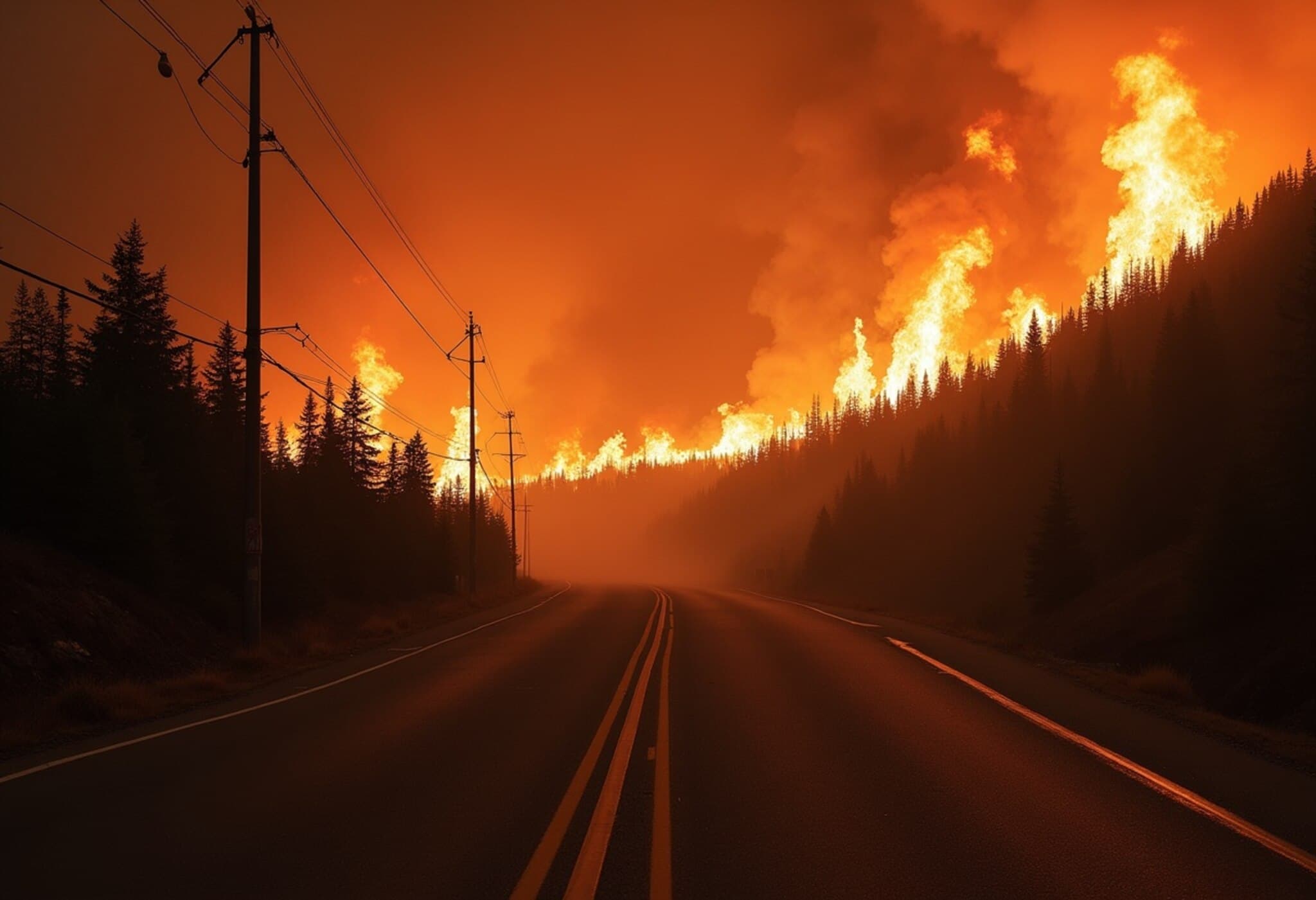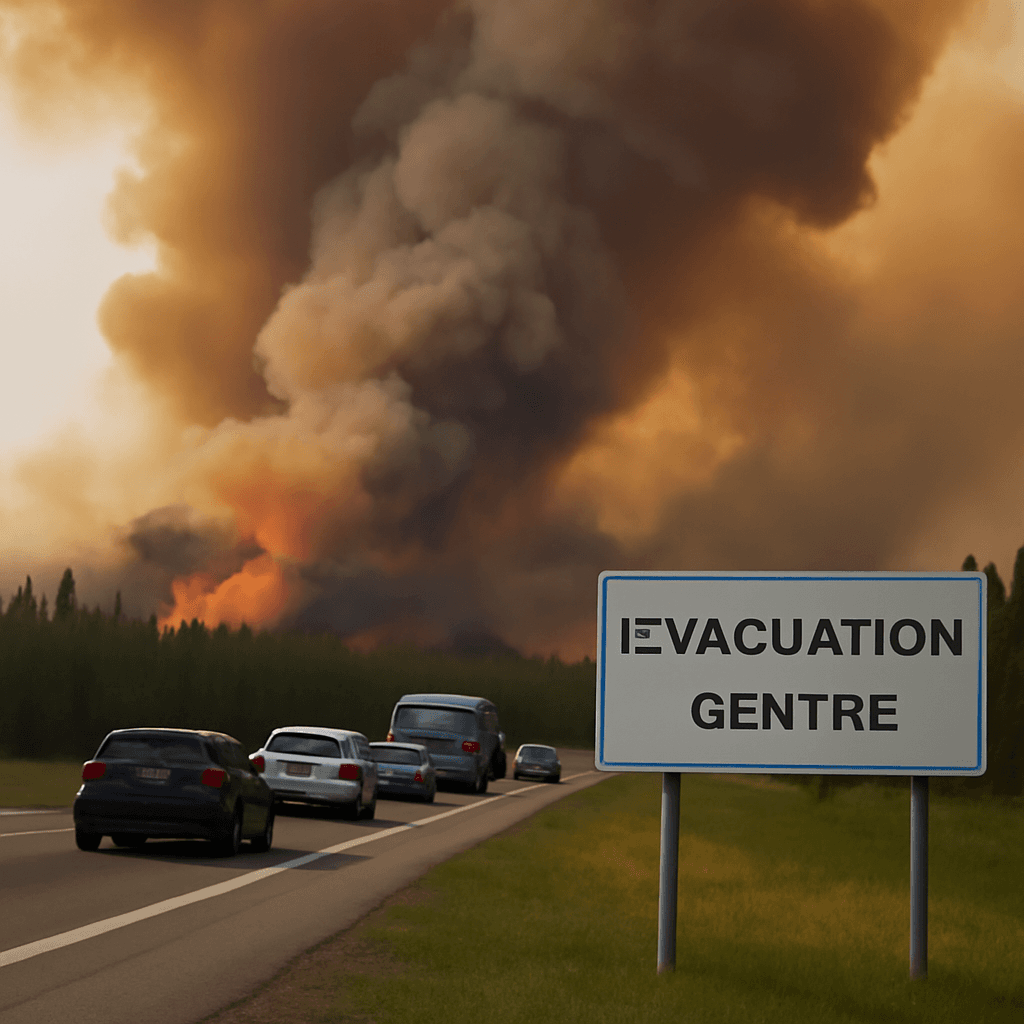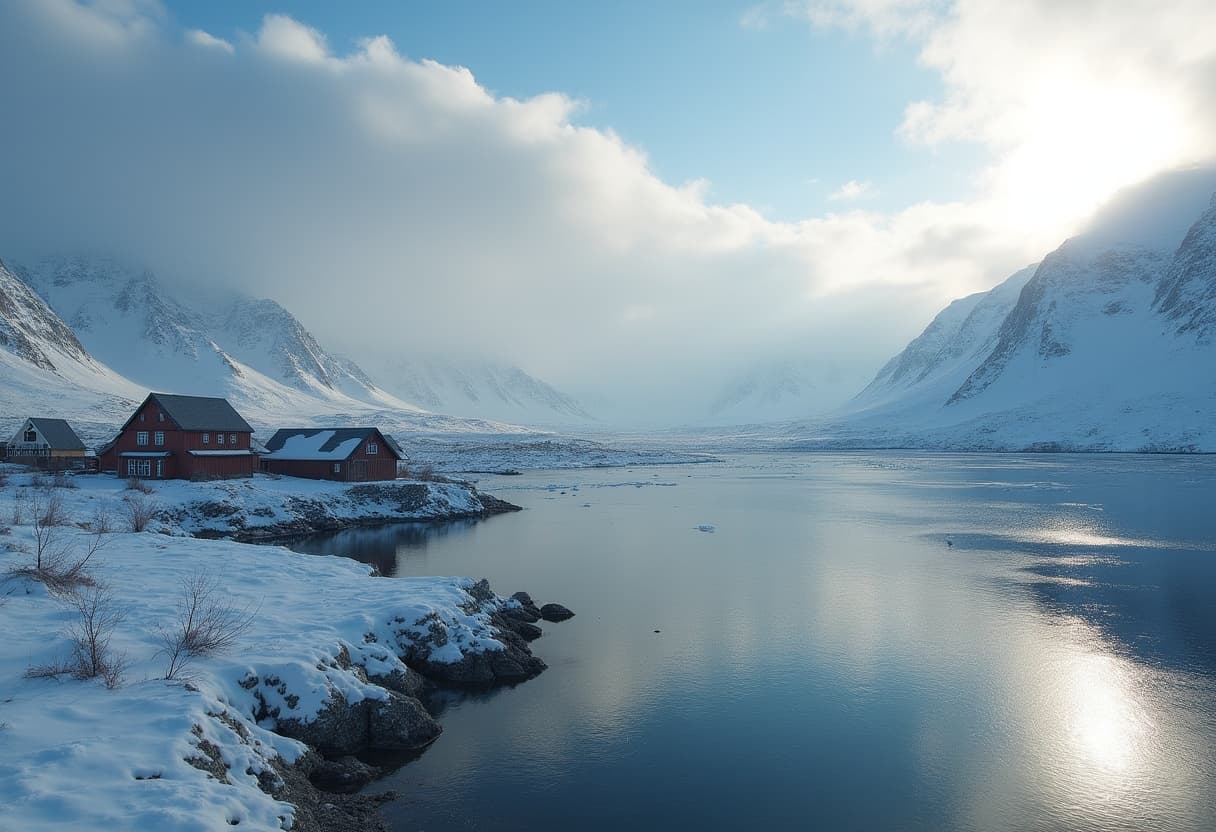The Aftermath of the Jasper Wildfire: A Natural Laboratory
In the summer of 2024, a colossal wildfire ravaged Jasper National Park in Alberta, Canada, an area renowned for its breathtaking mountain vistas and pristine wilderness. The fire tore through vast stretches of forest, uprooting trees and decimating vegetation in a display of untamed power that many experts had never witnessed before in Canada. More than 20,000 people were forced to evacuate, hundreds of homes were lost, and a country already grappling with dramatically worsening fire seasons was left stunned.
Now, nearly a year later, the charred remains of Jasper offer researchers an unprecedented glimpse into the anatomy of extreme wildfires. Canadian scientists are combing through the blackened landscape, treating the disaster as an open-air laboratory to uncover lessons that could help battle the growing menace of wildfires fueled by climate change.
Innovative Fire Mitigation Under the Microscope
Jasper National Park has long been a testing ground for fire mitigation strategies involving prescribed burns and mechanical thinning to reduce forest fuel loads. Dr. Lori Daniels, a forest and conservation sciences professor at the University of British Columbia, is leading a team examining how effectively these measures held up against the blaze’s intensity.
“It looks like a blast zone,” Dr. Daniels observed atop a ridge near Marmot Basin. The fire’s ferocity was such that it stripped bark from trees, incinerated soil layers, and exposed bedrock in areas previously dense with forest.
Interestingly, despite the wildfire’s severity, pockets of resilience emerged in zones where mitigation efforts had been implemented. Some pine trees retained their needles, and patches of green vegetation survived amidst the burnt terrain. These signs point to the value of proactive forest management even in the face of increasingly aggressive fires.
From Suppression to Adaptation: A Paradigm Shift
Historically, Canada, like many nations including the United States, pursued a policy of suppressing all wildfires—an approach that has unwittingly set the stage for larger, more catastrophic fires by allowing flammable material to accumulate unchecked. Dr. Daniels notes that before the establishment of Jasper National Park, natural fire cycles periodically cleared forests, helping maintain an ecological balance.
Alan Westhaver, a wildfire consultant and architect of Jasper’s fire-mitigation strategy, emphasizes that the trajectory of firebrands (burning embers) plays a critical role in wildfire damage to communities. This insight has driven public education programs on property resilience, teaching homeowners practical steps like clearing brush and trimming tree branches to shield homes from ember attack.
Collaboration and Innovation in Fire Science
Canada’s leadership in wildfire science is evident in its widespread adoption of the Canadian Forest Fire Danger Rating System, an advanced predictive model that many countries, including the U.S., have adapted. Its vast and varied forests serve as a perfect proving ground for studies on factors such as plant moisture content and the effects of different forest-thinning methods on fire dynamics.
Dr. Daniels and colleagues are also employing century-old photographic surveys to track changes in forest density and fire risk over time, enhancing understanding of long-term trends. Their meticulous fieldwork involves measuring burnt soil, assessing remaining organic material, and analyzing tree rings to piece together the park’s fire history.
Alexander Maranghides, a fire protection engineer from the U.S. National Institute of Standards and Technology, praises Canada’s technical prowess and collaborative spirit, which bridges cross-border research initiatives aimed at refining fire prediction and prevention techniques.
Integrating Indigenous Knowledge and Modern Science
Emerging wildfire management strategies are beginning to incorporate controlled burns rooted in Indigenous ecological knowledge—a practice refined over generations to maintain ecosystem balance and reduce wildfire risk naturally. Experts like Mike Flannigan, a leading figure in Canadian wildfire research, caution that while promising, this integrative approach is still in its early stages and requires further development.
The Road Ahead: Preparing for a Fueled Future
As climate change continues to extend fire seasons and intensify outbreaks across North America, the findings from Jasper National Park are more critical than ever. The research highlights the complexity of wildfire behavior and underscores the need for a nuanced mixture of scientifically informed forest management, community preparedness, and recognition of traditional ecological practices.
By learning from the scorched earth of Jasper, scientists and policymakers aim to develop adaptive strategies that can not only mitigate damage but also enhance ecosystem resilience in the face of future infernos. The mounting challenges may be formidable, but with informed collaboration, there is hope to tame the flames threatening our landscapes and communities.
Editor’s Note
The Jasper wildfire investigation reveals a pivotal moment in wildfire science, where decades-old suppression tactics collide with a new reality shaped by climate change. For policymakers and citizens alike, it raises pressing questions: How can we balance ecological needs and community safety? What investments are needed to scale forest treatments affordably across millions of acres? And critically, how can Indigenous fire stewardship reshape our collective wildfire response? Jasper’s lessons underscore that future fire management demands not only cutting-edge science but also humility and respect for traditional wisdom in protecting our shared environment.

